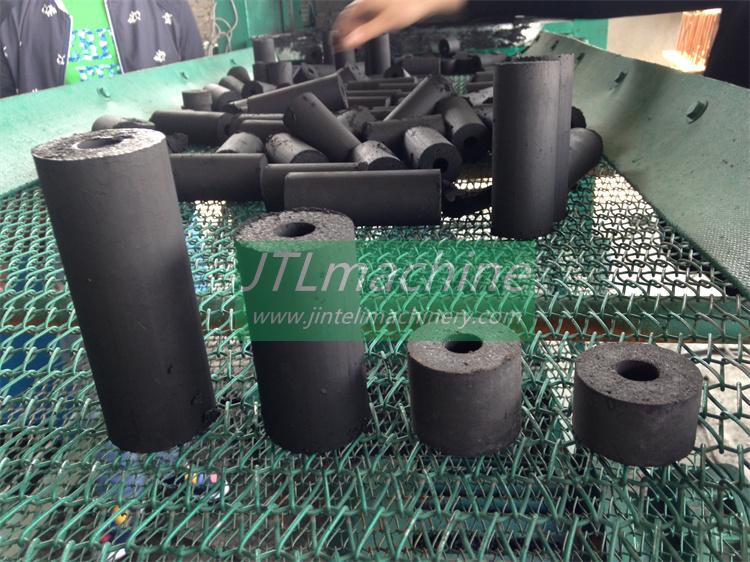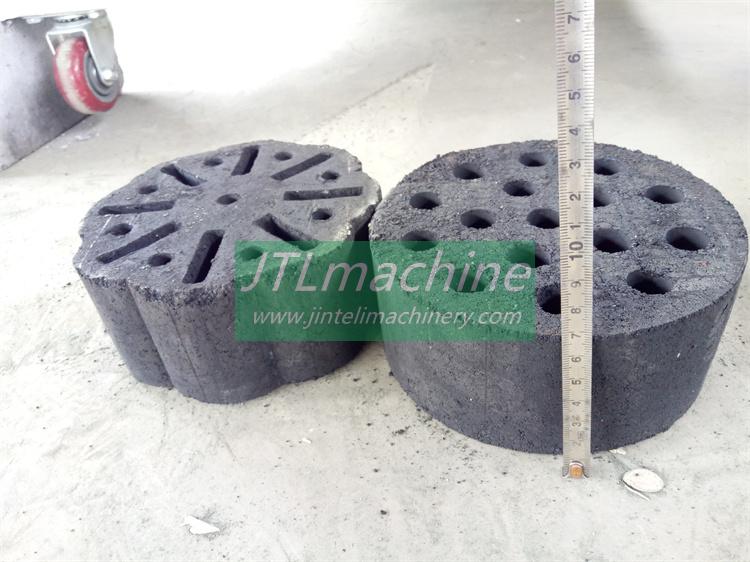Table of Contents
L’histoire et la tradition du charbon de bois chinois pour chicha : exploration des origines et de la signification culturelle
Le charbon de bois chinois a une riche histoire profondément liée aux pratiques culturelles, en particulier dans le domaine de la chicha. Datant de plusieurs siècles, l’utilisation du charbon de bois pour chauffer et aromatiser le tabac est une tradition chérie dans diverses cultures du monde. En Chine, l’art de fabriquer du charbon de bois s’est affiné au fil des générations, donnant naissance à des produits connus pour leur qualité et leur consistance.
Les origines de la production chinoise de charbon de bois remontent à l’Antiquité, lorsque les méthodes de création de charbon de bois étaient rudimentaires mais efficaces. Les premiers artisans ont découvert qu’en chauffant du bois dans un environnement contrôlé avec peu d’oxygène, ils pouvaient produire un matériau idéal pour alimenter les incendies et fournir de la chaleur. Cette technique ancienne a jeté les bases des processus sophistiqués de production de charbon de bois que l’on voit aujourd’hui en Chine.
L’un des aspects clés de la production chinoise de charbon de bois est la sélection méticuleuse des matières premières. Différents types de bois sont choisis en fonction de leurs propriétés brûlantes et du profil aromatique souhaité qu’ils confèrent au tabac. Les bois couramment utilisés comprennent le bambou, le chêne et les bois fruitiers, chacun ajoutant ses propres nuances uniques à l’expérience de fumer.
Une fois les matières premières sélectionnées, le processus de fabrication du charbon de bois commence. Les méthodes traditionnelles consistent à empiler du bois dans des fours et à le chauffer lentement pendant plusieurs jours pour éliminer l’humidité et les impuretés, ce qui donne un charbon de bois de haute qualité avec une combustion propre et un minimum de cendres. Les techniques modernes ont rationalisé ce processus, permettant une plus grande efficacité sans compromettre la qualité.
L’importance culturelle du charbon de bois chinois s’étend au-delà de ses applications pratiques. Dans de nombreuses communautés, l’acte de fabriquer du charbon de bois est considéré comme une forme d’art, les artisans transmettant leurs techniques d’une génération à l’autre. Cette tradition préserve non seulement les connaissances anciennes, mais favorise également un sentiment de fierté et de lien avec le passé.
En plus de son importance culturelle, le charbon de bois chinois joue un rôle crucial dans l’expérience de fumer la chicha. Contrairement à d’autres formes de combustible, comme le charbon de bois à allumage rapide, le charbon de bois chinois brûle à une température plus basse, permettant une fumée plus douce et plus savoureuse. Sa nature à combustion lente prolonge également la durée de la séance de fumage, ce qui en fait un favori parmi les amateurs de chicha.

En conclusion, le charbon de bois chinois offre une combinaison convaincante de performance, de durabilité et de prix abordable, ce qui en fait un choix populaire parmi les amateurs de chicha du monde entier. Sa composition et ses caractéristiques uniques contribuent à une expérience de fumage de chicha supérieure, permettant aux amateurs de profiter des riches saveurs et arômes de leurs mélanges de tabac préférés. Alors que la demande de chicha continue de croître, comprendre la science derrière le charbon de bois chinois peut aider les entreprises de chicha et les amateurs à prendre des décisions éclairées lors de la sélection du charbon de bois pour leurs séances de chicha.
The Science Behind Chinese Charcoal: Understanding Its Composition and Impact on Shisha Smoking Experience
Shisha smoking has a rich cultural history dating back centuries, originating in the Middle East and spreading across the globe. One of the key components of a satisfying shisha smoking experience is the charcoal used to heat the tobacco mixture. While there are various types of charcoal available on the market, Chinese charcoal has gained popularity among shisha enthusiasts for its unique qualities. In this article, we delve into the science behind Chinese charcoal, exploring its composition and its impact on the shisha smoking experience.
Chinese charcoal is primarily made from bamboo, a renewable and abundant resource in China. The process of making Chinese charcoal involves carbonizing bamboo at high temperatures in the absence of oxygen. This results in a charcoal that is dense, uniform, and capable of producing high heat levels, ideal for heating shisha tobacco.
One of the key characteristics of Chinese charcoal is its low ash content. Compared to other types of charcoal, Chinese charcoal produces minimal ash when burned, reducing the need for frequent ashing during a shisha session. This is beneficial not only for convenience but also for maintaining the purity of the shisha flavor, as excess ash can impart undesirable tastes to the smoke.
Furthermore, Chinese charcoal burns consistently and evenly, providing a steady heat source for the shisha tobacco. This ensures that the flavor and aroma of the tobacco are released gradually, allowing for a more enjoyable smoking experience. The uniformity of Chinese charcoal also minimizes hot spots, reducing the risk of uneven heating and burnt tobacco.
In addition to its practical benefits, Chinese charcoal is favored by many shisha enthusiasts for its environmental sustainability. Bamboo, the primary raw material used in the production of Chinese charcoal, is a fast-growing plant that can be harvested without causing deforestation or environmental harm. This makes Chinese charcoal a greener alternative to other types of charcoal, aligning with the growing demand for eco-friendly products.

Another factor that sets Chinese charcoal apart is its affordability. Due to the abundance of bamboo in China and the efficiency of the charcoal production process, Chinese charcoal is often more cost-effective than other types of charcoal. This makes it an attractive option for shisha businesses looking to optimize their operational costs without compromising on quality.
Despite its many advantages, it’s important to note that not all Chinese charcoal products are created equal. The quality of Chinese charcoal can vary depending on factors such as the quality of the bamboo used, the production process, and the manufacturer’s quality control measures. Therefore, it’s essential for shisha enthusiasts to source Chinese charcoal from reputable suppliers who prioritize quality and consistency.
In conclusion, Chinese charcoal offers a compelling combination of performance, sustainability, and affordability, making it a popular choice among shisha enthusiasts worldwide. Its unique composition and characteristics contribute to a superior shisha smoking experience, allowing enthusiasts to enjoy the rich flavors and aromas of their favorite tobacco blends. As the demand for shisha continues to grow, understanding the science behind Chinese charcoal can help shisha businesses and enthusiasts alike make informed decisions when selecting charcoal for their shisha sessions.






